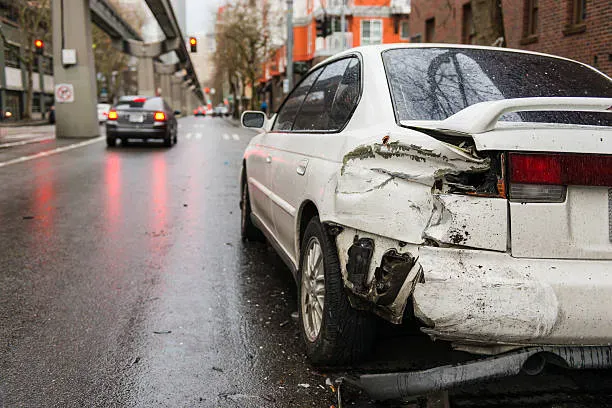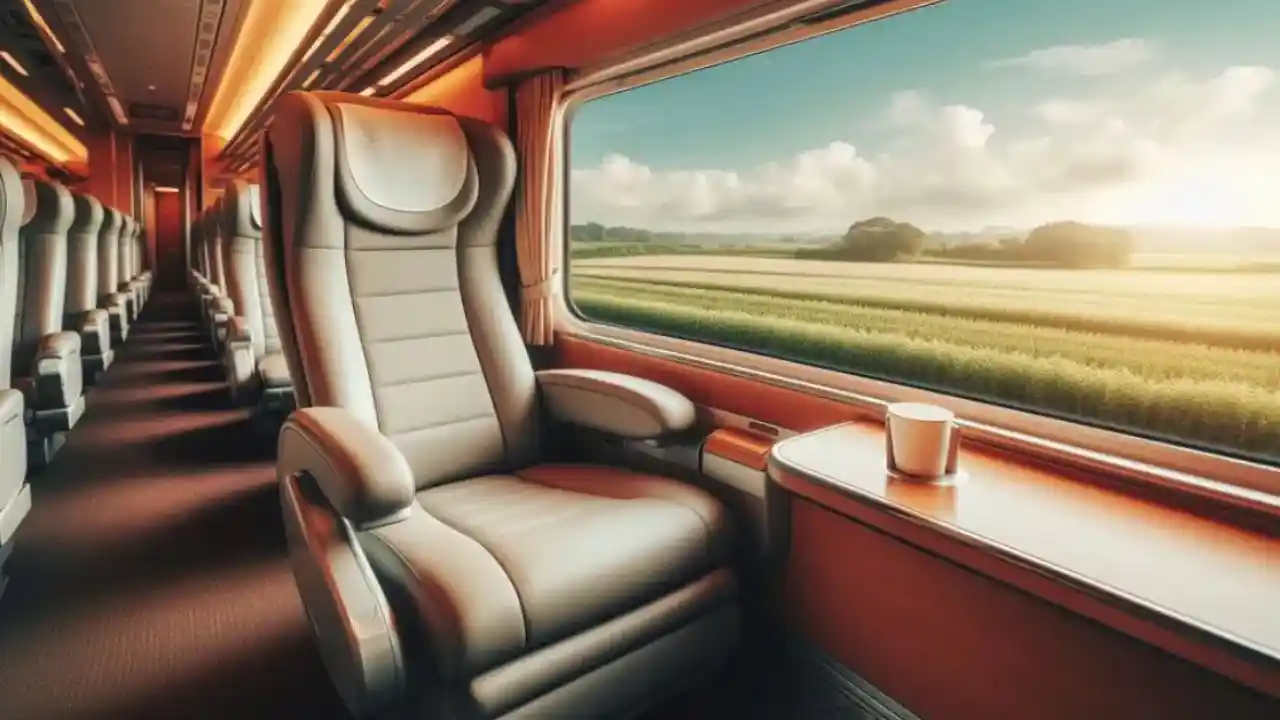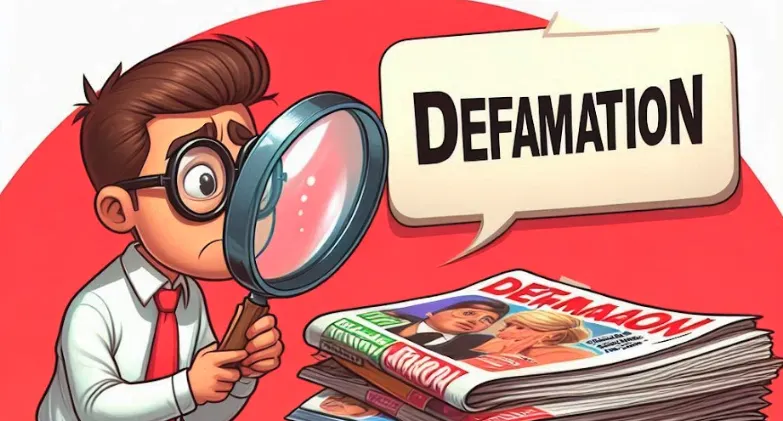Gunthewari Development Act 2022 - Regularizing Unauthorized Layouts in Maharashtra
An important component of Maharashtra legislation, the Gunthewari Development Act 2022, attempts to regulate unapproved layouts and offer a framework for their development. Suppose you're living in or considering buying property in an unauthorized layout in Maharashtra. In that case, this article will help you understand the critical aspects of this act and how it might affect you.
What is Gunthewari Development?
Gunthewari development refers to the unauthorized division of agricultural land into smaller plots for non-agricultural purposes, typically for residential use. This practice has been common in many parts of Maharashtra, leading to unplanned urban sprawl and challenges in providing basic infrastructure and services.
Key Features of the Gunthewari Development Act 2022
advertisement
1. Regularization of Unauthorized Layouts
- The act provides a mechanism to regularize unauthorized layouts developed before December 31, 2020.
- It applies to areas within municipal corporations, municipal councils, and nagar panchayats in Maharashtra.
2. Eligibility Criteria
- The layout should have been developed before December 31, 2020.
- The land should not fall under restricted categories such as forest land, defense land, or environmentally sensitive areas.
3. Application Process
- Property owners or developers can apply for regulation through the local municipal authority.
- Applications must include necessary documents such as land ownership proof, layout plans, and details of existing infrastructure.
4. Regularization Charges
- Applicants must pay regularization charges, which vary based on the plot size and location.
- These charges are used to fund infrastructure development in the regularized areas.
5. Infrastructure Development
- The act mandates the provision of basic infrastructure such as roads, water supply, and drainage systems in regularized layouts.
- Local authorities are responsible for implementing these infrastructure projects.
6. Building Permissions
- Once regularized, property owners can apply for building permissions following local development control regulations.
7. Time Frame for Implementation
- The act provides a specific time frame for the regularization process, typically within two years of its implementation.
Benefits of the Gunthewari Development Act 2022
1. Legal Status for Properties
- Regularization provides legal status to properties in unauthorized layouts, increasing their market value and making them eligible for bank loans.
2. Improved Infrastructure
- The act ensures the development of basic infrastructure in regularized areas, improving living conditions for residents.
3. Urban Planning
- By bringing unauthorized developments into the formal system, the act aids in better urban planning and management.
4. Revenue Generation
- Regularization charges and property taxes from newly legalized properties contribute to municipal revenues.
advertisement
Challenges and Criticisms
1. Environmental Concerns
- Critics argue that regularizing unauthorized developments may encourage further unplanned growth and strain natural resources.
2. Infrastructure Burden
- Given the scale of unauthorized development, local authorities may face challenges in providing infrastructure to all regularized areas.
3. Equity Issues
- There are concerns that the act may unfairly benefit those who violated planning norms at the expense of law-abiding citizens.
4. Financial Implications:
- For Property Owners: While there's a cost involved in regularization, it often leads to a significant increase in property value. Regularized properties can also access formal credit markets.
- For Local Bodies: The act provides a new revenue stream through regularization charges, which can be used for infrastructure development.
How to Apply for Regularization under the Gunthewari Development Act 2022
Step 1: Check Eligibility
- Verify that your property falls within the jurisdiction covered by the act and meets the cut-off date criteria.
Step 2: Gather Documents- Collect necessary documents, including:
- Land ownership proof
- Layout plan
- Existing infrastructure details
- Proof of development before December 31, 2020
Step 3: Submit Application
advertisement
- Apply to your local municipal authority or the designated office for Gunthewari regularization.
- Fill out the prescribed application form and attach all required documents.
Step 4: Pay Regularization Charges
- After your application is processed, pay the regularization charges as calculated by the authorities.
Step 5: Obtain Regularization Certificate
- You will receive a regularization certificate once the charges are paid and the application is approved.
Step 6: Apply for Building Permission
- With the regularization certificate, you can apply for building permission following local development control regulations.
advertisement
Frequently Asked Questions (FAQs)
1. Can all unauthorized layouts be regularized under this act?
No, only layouts developed before December 31, 2020, and not falling under restricted categories are eligible for regularization.
2. What happens if I don't apply for regularization?
Properties not regularized may face legal issues and may be ineligible for basic services and building permissions.
3. How are regularization charges calculated?
Charges are typically based on plot size, location, and existing infrastructure. The exact formula is determined by local authorities.
4. Can I sell my property after regularization?
Yes, once regularized, you can legally sell your property, and it will have a higher market value.
5. How long does the regularization process take?
The process duration can vary, but the act typically mandates completion within two years of implementation.
The Gunthewari Development Act 2022 represents a significant step towards addressing the issue of unauthorized developments in Maharashtra. While it offers benefits like legal status and improved infrastructure, it also faces challenges in implementation and environmental concerns. If you own property in an unauthorized layout, it's crucial to understand this act and consider applying for regularization to secure your property's legal status and access to essential services.
advertisement
References:
- Maharashtra Gunthewari Developments (Regularisation, Upgradation and Control) Act, 2001
- Urban Development Department, Government of Maharashtra
- Maharashtra Regional and Town Planning Act, 1966
Written by Indrabha Biswas
Final year law student interested in dispute resolution with diverse internship experiences ranging from white collar law to recovery law & immigration law. Thoroughly proficient in drafting legal docs, conducting case analysis and research, and participating in courtroom proceedings from hands-on internships.
advertisement
Further Reading
advertisement






